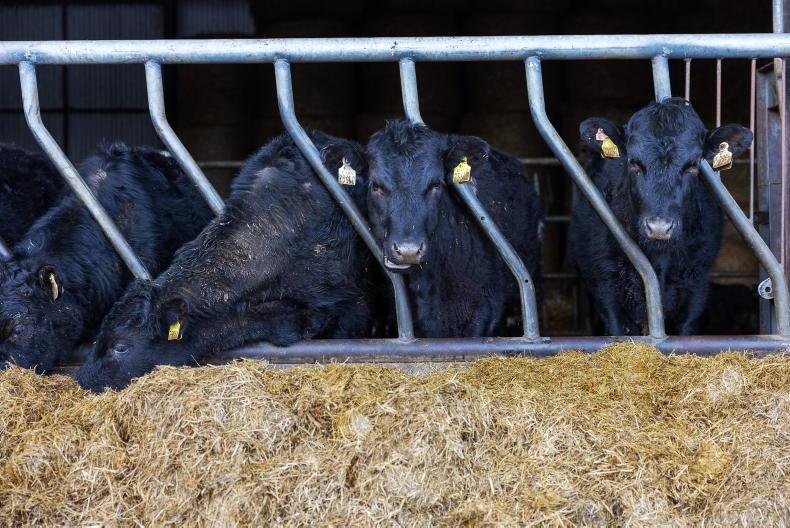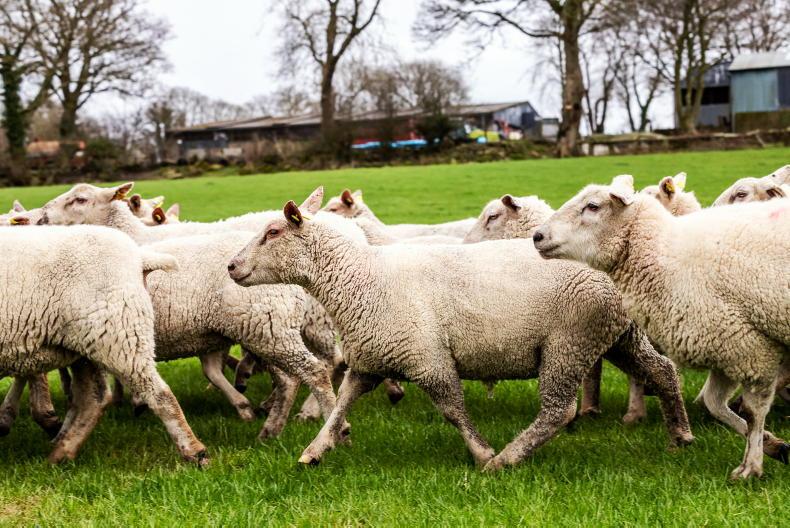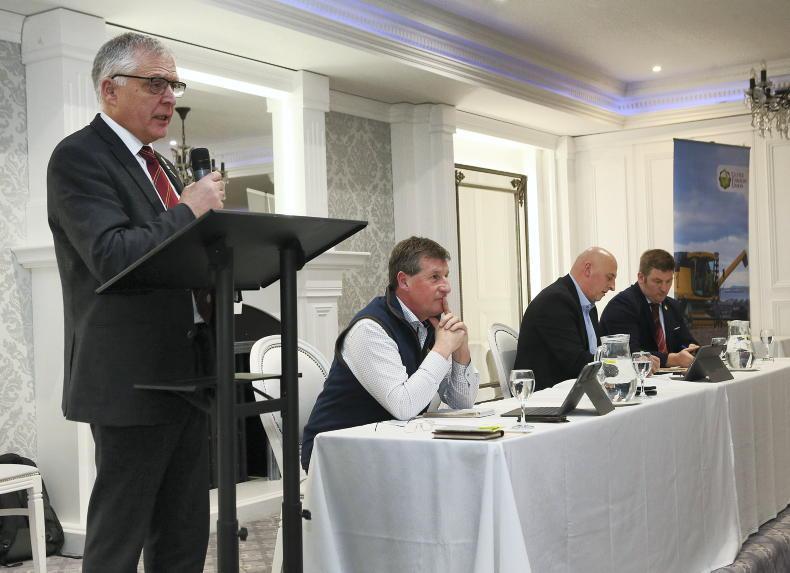Many of the flaws related to greenhouse gas (GHG) emissions targets in NI have been highlighted by AgriSearch in its response to a recent public consultation.
The farmer-funded research body points out that a roadmap detailing how current targets can be reached is yet to be published by DAERA.
“AgriSearch consider it exceptionally difficult, if not impossible, to assess the realism of the proposed reduction targets without the publication of any analysis of the technical measures to achieve these targets, and the likelihood of their adoption by farmers,” said chairman Professor Gerry Boyle.
Issues about how emissions are reported across different sectors were also raised, particularly as most farm businesses fall across different sectors, such as agriculture, land use and energy. “It makes no sense to segment their activities as is being required,” Boyle said.
In its response to DAERA, AgriSearch set out a detailed argument for moving away from the GWP100 system used for comparing different GHGs.
Methane from ruminants is a potent GHG, although it breaks down in the atmosphere after 10 to 12 years. “This atmospheric effect is not accounted for in the GWP100 calculation,” the AgriSearch response reads.
The research body want DAERA to use the GWP* system, which accurately reflects the behaviour of methane in the atmosphere, when setting emissions targets for 2030 and beyond.
Alternatively, a split-gas approach could be adopted, similar to New Zealand. “This would involve the provision of two targets, with methane having a lower target than other gases,” the response reads.










SHARING OPTIONS